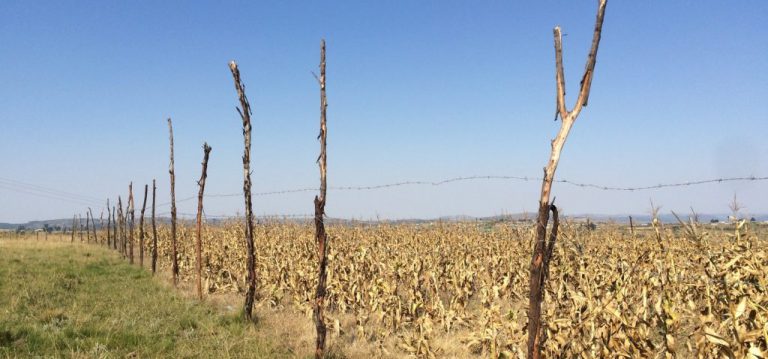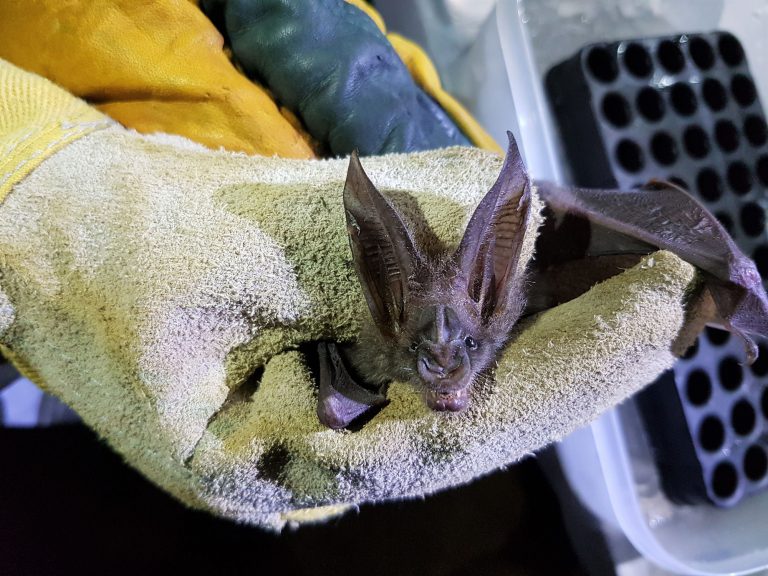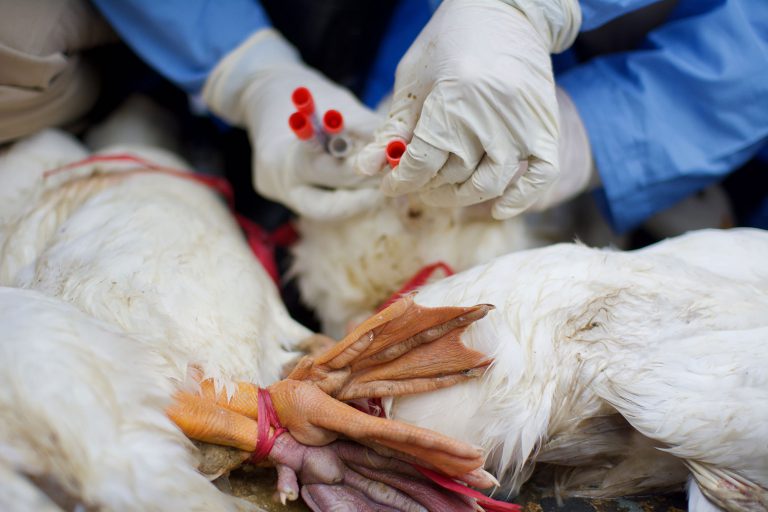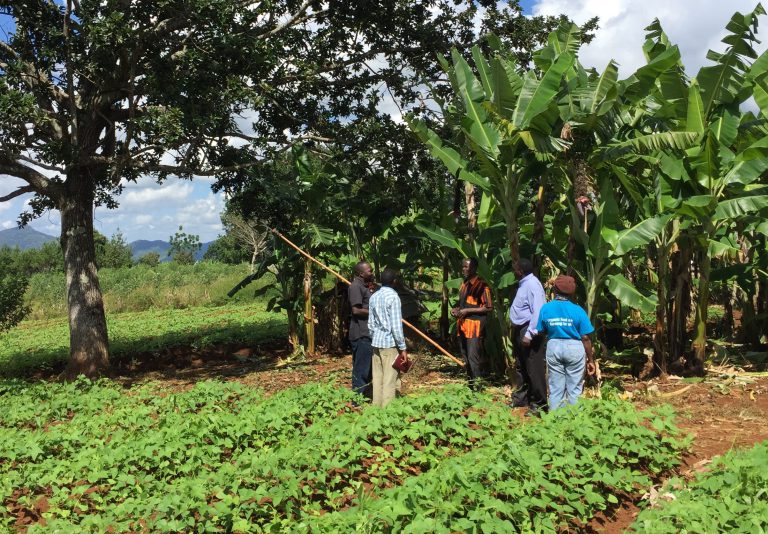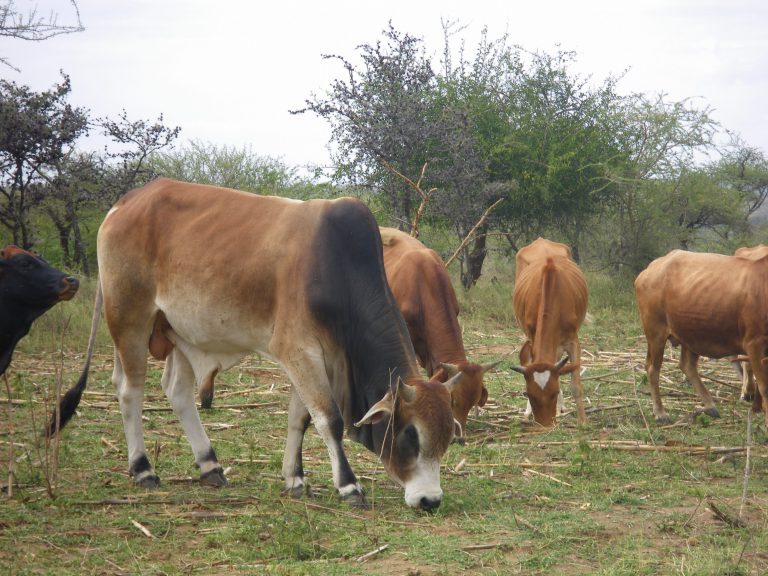This article was written and first published by SIANI in collaboration with PhD Ylva Nyberg, Department of Crop Production Ecology, SLU. The findings and conclusions in this blog post are those of the authors and do not necessarily represent the views of SLU.

Many smallholder farmers in sub-Saharan Africa are caught up in a negative spiral. Often farming on one hectare of land, they struggle to make ends meet and, in most cases, they cannot afford enough farm inputs, which leads to declining soil fertility of their farms, resulting in low yields. Many farmers have to look for casual jobs to get by. Poverty pushes them to reduce the number of meals they eat, so they also lack the energy to farm.
Climate change with its changing rain patterns, droughts and floods doesn’t make the life of smallholder farmers easier. Contrary to the popular belief, recent research by Ylva Nyberg, highlights that smallholder farmers are well aware of the climatic challenges and know how to adapt and cope. However, they would be reluctant to adopt sustainable agricultural practices due to the lack of access to credit, land, knowledge and labour.
Nyberg carried out her field work on smallholder farms across a gradient of landscapes in Kenya, from Kisumu by Lake Victoria to Trans Nzoia in the western highlands. She summarized her findings in her PhD dissertation which she defended at the Department of Crop Production Ecology at the Swedish University of Agricultural Sciences, SLU.
Initially, Nyberg embarked on her journey to gain a better understanding of how small farms can increase yields without damaging nature. She used a variety of research methods, such as group and individual interviews, tree density measurement, soil sample analysis and randomized control trials. During the group interviews, Nyberg explored whether the farmers had experienced rainfall-related challenges and if they had planned to adapt to changing rainfall patterns. She quickly learnt that smallholders were well aware of climatic changes and also knew many adaptation and coping strategies, though men happened to be better informed than women
Then Nyberg spoke with farmers individually to find out how they applied their knowledge of adaptation measures. The results varied in accordance with access to social capital. Men tended to have higher education, better access to agricultural advisory services and more time for social networking, and they also were able to use more adaptation measures than women, especially those who lack education. Farmers with regular access to agricultural advisory services used more adaptation measures, especially those measures that they perceived most effective.
During these interviews many farmers also mentioned that having trees and livestock makes them less vulnerable, providing insurances or savings. Therefore, Nyberg has also considered these parameters in her work. It appears that higher tree density increased the workload on farms, but the income that came from these farms was higher too. In addition, trees were important to all farmers by providing shade for recreation. High livestock density showed signs of higher soil nitrogen turnover, even though collecting and using the manure can be challenging. Low tree and low livestock density were often an indicator of high dependency on off-farm revenues.
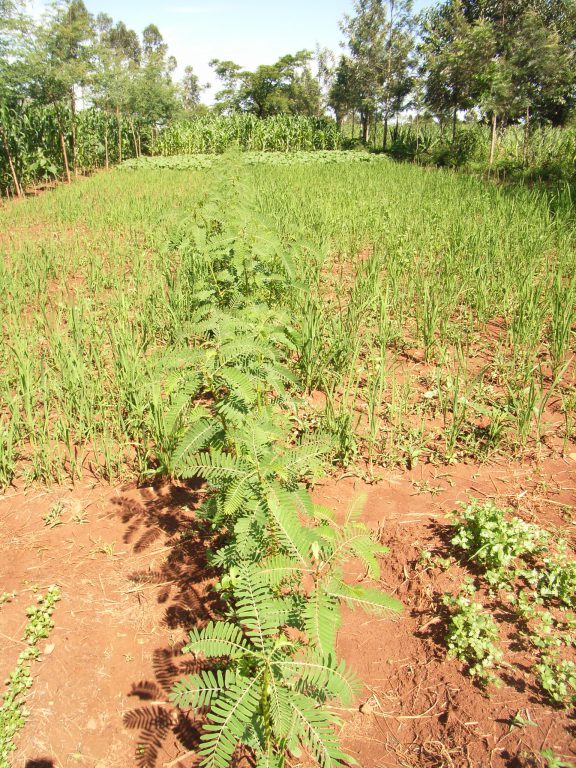
Lastly, Nyberg compared farms that took part in Kenya Agricultural Carbon Project over four years with those farms that weren’t engaged in carbon farming. She found that maize yields were positively related to terracing of fields and to growing more trees on the farm, the so-called agroforestry. Farmers working with the Carbon Project used more sustainable management practices, had higher yields and better food self-sufficiency as well as more savings than farmers who weren’t involved in the project.
However, the farmers who participated in the Carbon Project had higher yields to begin with and the difference in yield between the two groups of farms were similar in the first and the fourth year. Thereby, the increases in yield cannot be explained by the project only, unless the neighbouring farms outside the project had actually learnt methods and started practising them as well.
Smallholders have great potential to improve their production in a sustainable way, but they lack sufficient labour, land, money or knowledge to adopt sustainable agricultural land management practices.
Nyberg suggests that policy should address the farming and food production system as a whole, increasing inclusivity, particularly in regards to women with poor education. Agricultural advisors should also promote packages of simple but effective measures, encourage diversified farming systems where feasible and focus on the limiting factors, such as access to credit, knowledge and labour. This way, farmers will have the means to practice sustainable agriculture. Only then smallholder farmers will be able to build sustainable livelihood, supply ecosystem services and be climate action agents.
Check out Ylva Nybergs PhD thesis here.

